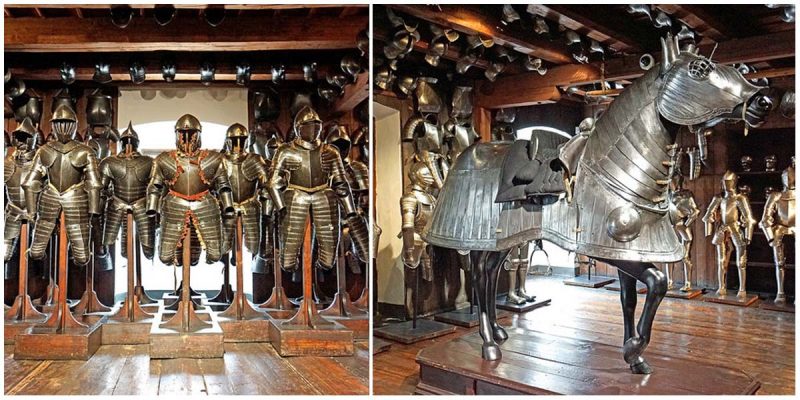Built back in 1642, the Styrian Armoury in Graz, Austria, is the world’s largest historic armory.
It contains approximately 32,000 specimens of arms and military equipment, which is enough to equip an army of around 5,000 men.
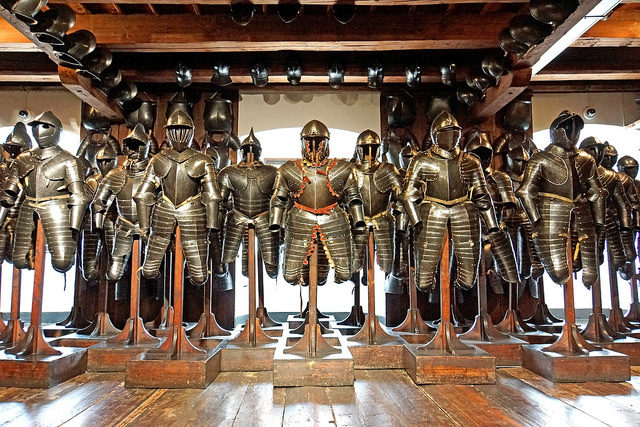
Graz was the center of defense during the Turkish Wars, between the 15th century and the 18th century.
Styria was on the front line of almost continuous conflict with the Ottoman Empire and with rebels in Hungary.
In order to defend itself, massive armies were organized in a very short time, and they needed equipment.
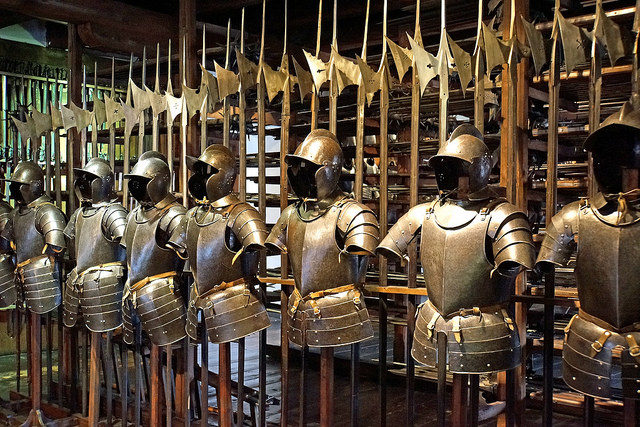
The Styrian Armoury was built from 1642-1645 by the architect Antonio Solar.
Today, the large quantities of armor and weapons in the armory are still stored and organized the way they were 400 years ago.
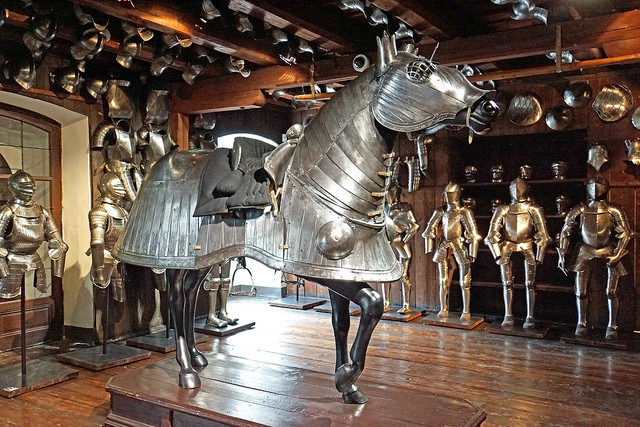
The finest suits of armor belong to the Styrian military heroes and rulers.
One of the most impressive pieces is the whole armor of a horse made by Konrad Seusenhof.
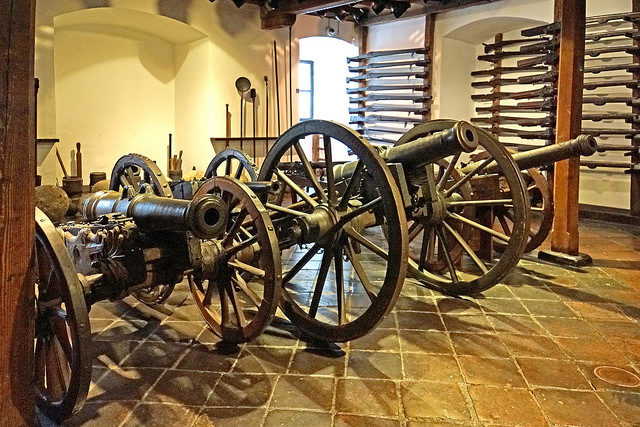
The armory was in use for a little over a 100 years before the Austrian empress Maria Theresia wanted to close it down as part of her centralization of the defense of Austria.
Styria petitioned for the ongoing existence of the armory and managed to preserve it as a museum.
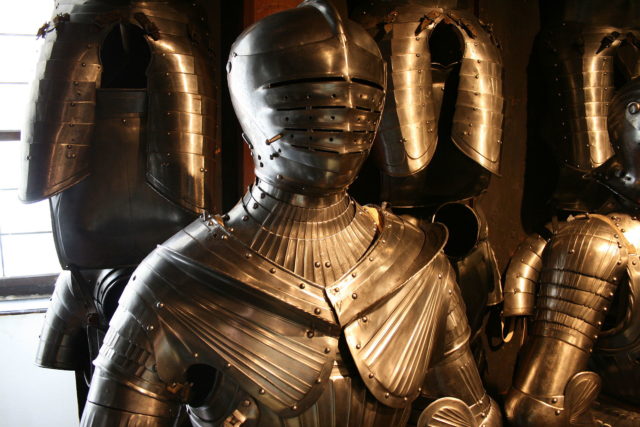
It was left intact but largely decommissioned. The last time a weapon from the armory was needed was in 1848, during the revolution in Austria.
The building was opened to the public in 1882, and in 1892 it became the Joanneum Universal Museum.
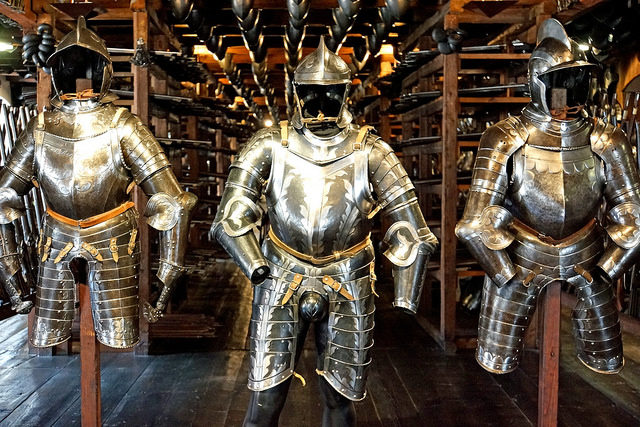
The entire contents of the armory were moved to safety during World War II.
The equipment was moved in three castles in remote parts of Styria, and no losses were recorded.
When the war ended, with the support of the British Army, the objects were brought back to the original building. The armory was reopened in April 1946.
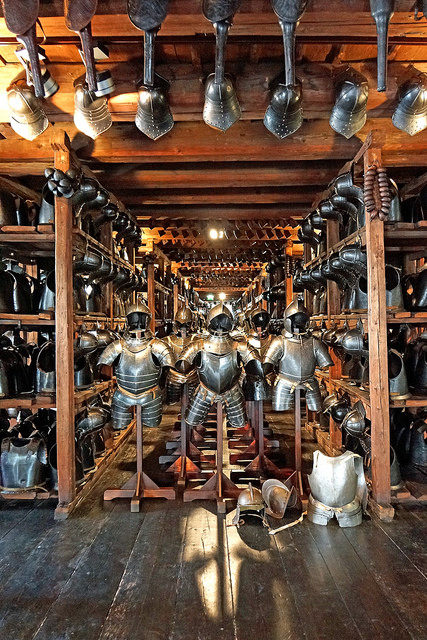
The armory is the main attraction in Graz, attracting visitors from all over the world. It is open six days a week throughout the year.
